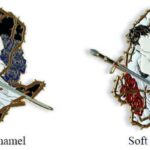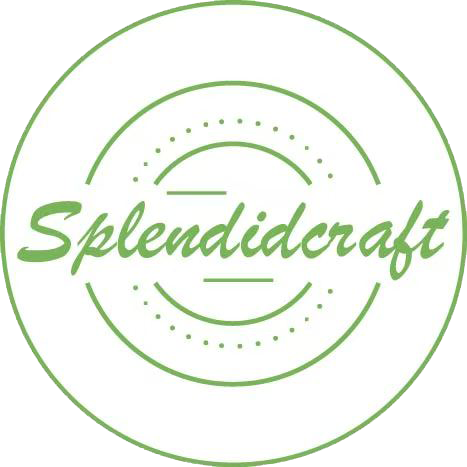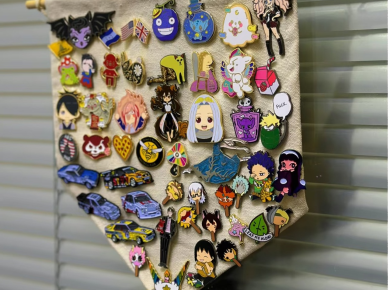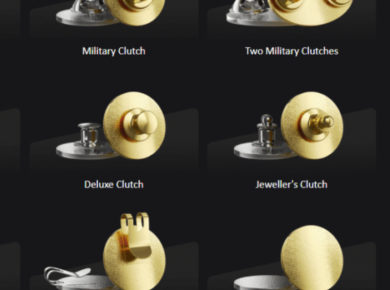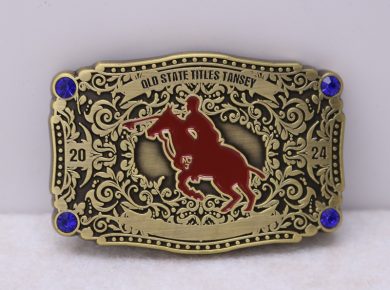- Belt Buckles
- Bolo Ties
- Challenge coins
- Cufflinks
- Earring
- Keychains
- Lapel pins
- Animal Pins
- Anime Pins
- Artist Pins
- Association Pins
- Award Pins
- Baseball Trading Pins
- Corporate Pins
- Event Pins
- Flag Pins
- Game Pins
- Holiday Pins
- Idol Pins
- Military Pins
- Organizations Pins
- Other Pins
- Plant Pins
- Police Pins
- Religious Pins
- School Pins
- Sport Pins
- Travel&Souvenir Pins
- Years Of Service Pins
- Medals
What is the difference of soft enamel and hard enamel?
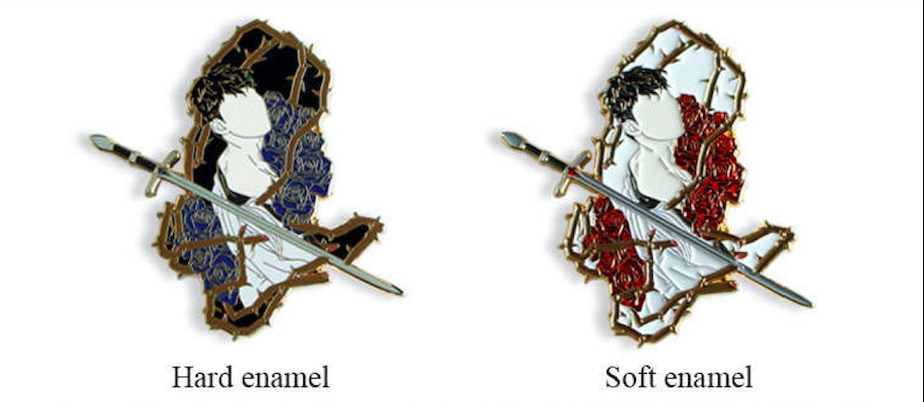
Of course! This is a very common question in the custom design pin world. The difference between soft enamel and hard enamel pins primarily comes down to the finishing process, which results in distinct looks, textures, and durability.Let’s clarify it and you can choose your pins.
Here’s a detailed breakdown of the differences:
At a Glance: The Key Difference
- Soft Enamel: The enamel paint is filled to just below the metal lines, leaving a textured, tactile surface where you can feel the raised metal and the recessed color pockets.
- Hard Enamel: The enamel is filled to the very top of the metal lines and then polished flat, resulting in a smooth, seamless, and level surface.
Soft Enamel Pins
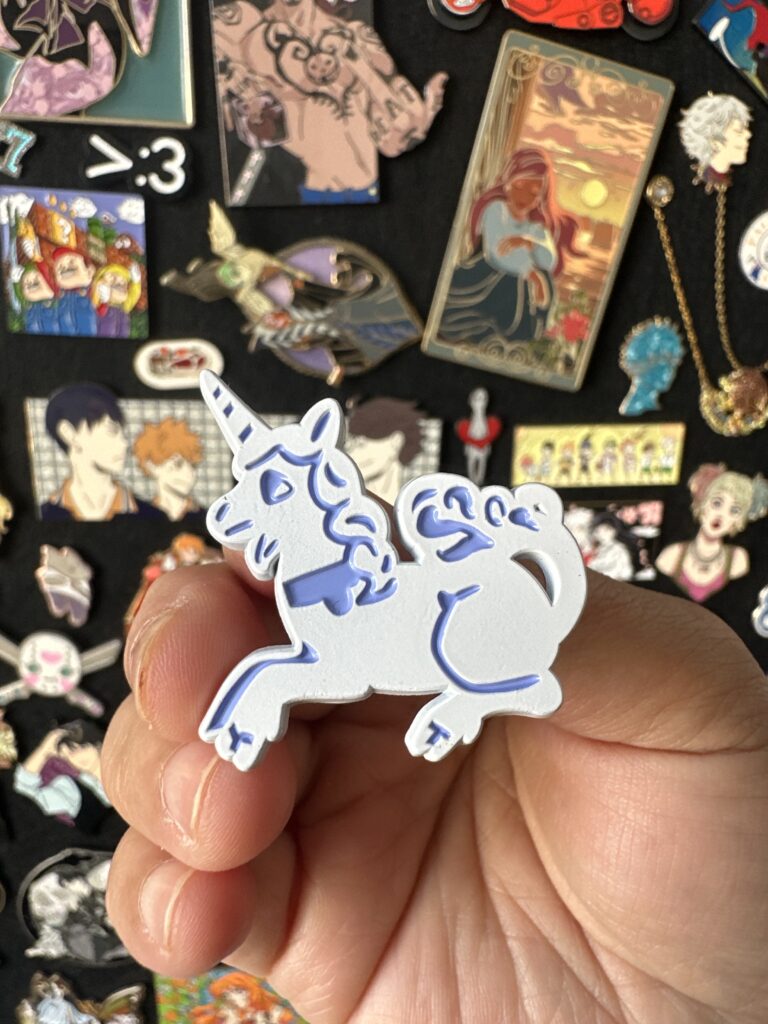
How They’re Made:
The metal base mold is created with raised outlines (cloisons). Liquid enamel color is carefully filled into each recessed area. It is not filled to the top, and then the pin is baked to harden the enamel. The final step is often adding a protective epoxy resin coating for shine and protection.
Key Characteristics:
- Texture: Tactile and textured. You can easily feel the raised metal lines and the dips of the enamel colors.
- Appearance: Has a lot of dimension and depth. The contrast between the metal and colors is very pronounced.
- Durability: Very durable for everyday use. The raised metal lines take the brunt of any scratches or impacts, protecting the colored enamel beneath.
- Cost: Generally less expensive than hard enamel due to a slightly simpler process and less hand-polishing.
- Common Uses: Ideal for designs with many small details, gradients (ombre effects), or for projects with a tighter budget. Extremely popular for kickstarters, company events, and fan merch.
Soft Enamel Pin (Textured Surface)
(Imagine running your finger over it and feeling the ridges)
Hard Enamel Pins
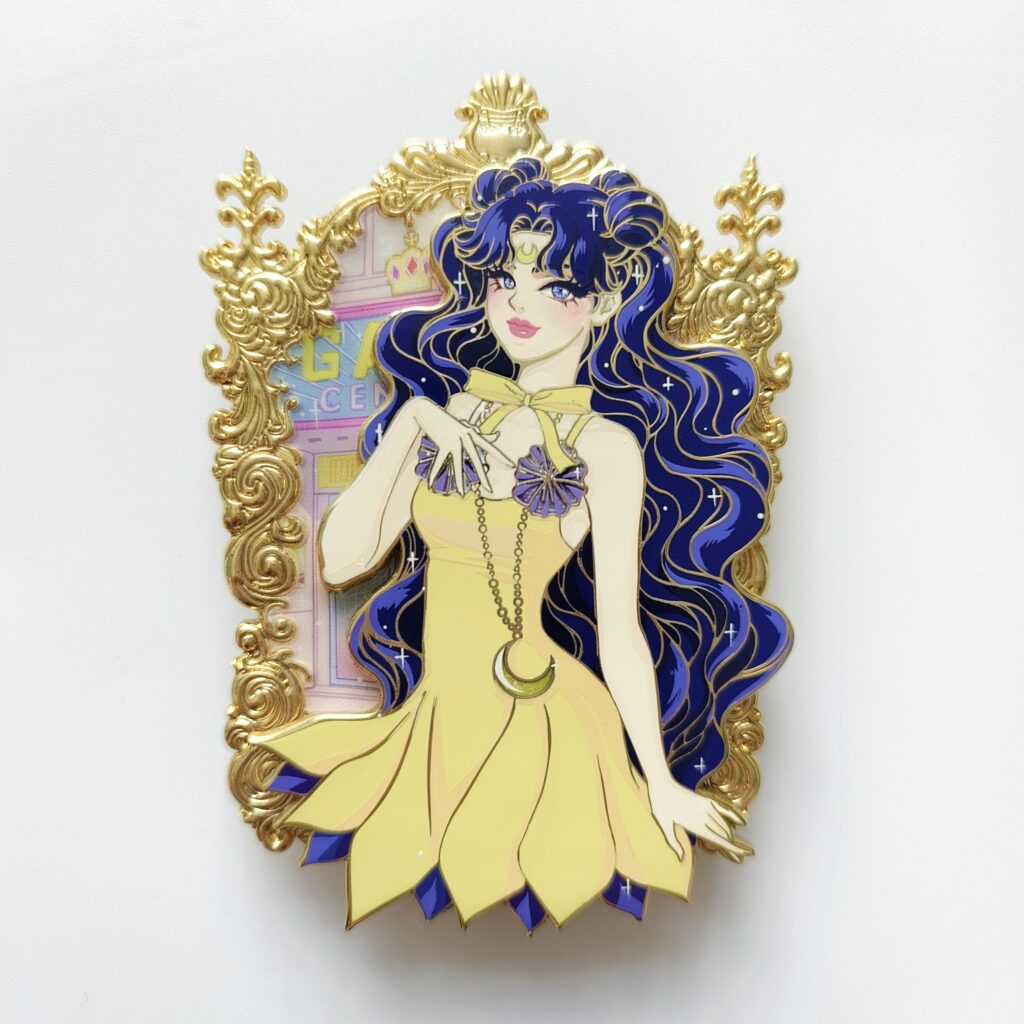
How They’re Made:
The process starts similarly, with enamel paint filled into the recessed areas. However, the enamel is overfilled to ensure it sits above the metal lines. The pin then goes through a meticulous polishing (or “lapping”) process that grinds down the surface until it is completely smooth and flush with the top of the metal lines. A final polishing gives it its shine.
Key Characteristics:
- Texture: Smooth, flat, and seamless to the touch. You cannot feel the separation between color and metal.
- Appearance: Has a very polished, high-end, and professional look, similar to the smooth surface of a smartphone. The colors appear vibrant under the polished surface.
- Durability: Extremely durable. The smooth, polished surface is highly resistant to scratching and wear over time. This is why hard enamel is traditionally used for military, police, and corporate insignia that need to last for decades.
- Cost: Generally more expensive due to the additional labor-intensive polishing and finishing steps.
- Common Uses: Perfect for designs where a premium, classic, and official look is desired. Often used for company logos, high-end branding, anniversary pins, and official membership pins.
Hard Enamel Pin (Smooth Surface)
(Imagine running your finger over it and it feeling completely flat)
Comparison Table
| Feature | Soft Enamel | Hard Enamel |
|---|---|---|
| Texture | Textured, tactile, raised metal lines | Smooth, flat, seamless surface |
| Appearance | Dimensional, pronounced metal lines | Polished, premium, vibrant colors |
| Durability | Very durable (metal protects enamel) | Extremely durable (scratch-resistant) |
| Cost | Less expensive | More expensive |
| Production Time | Generally faster | Generally longer due to polishing |
| Best For | Detailed designs, gradients, budgets | Logos, premium branding, heirlooms |
Which One Should You Choose?
- Choose Soft Enamel if: You want a classic, textured pin feel, have a complex design with fine details, want to use color gradients, or are working with a budget.
- Choose Hard Enamel if: You want a premium, smooth, and high-end finish, need the utmost durability, your design has larger color fields, and your budget allows for it.
Both styles are excellent choices, and the “best” one truly depends on the desired aesthetic, feel, and purpose of your custom pin.
Share:
Recent Posts
- silkprinting’s function in hard enamel and soft enamel badges
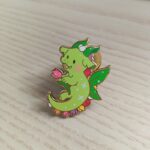
- The Silent Promise of a Belt Buckle
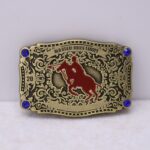
- How to make a unique and collectable medal?

- Let’s talk about the wearing positions of pins and the selection of pins accessories

- What is the difference of soft enamel and hard enamel?
